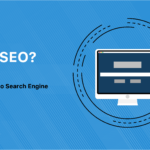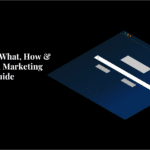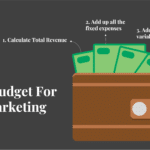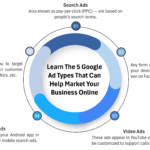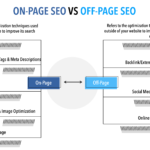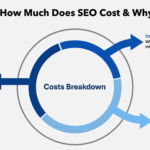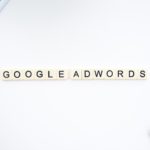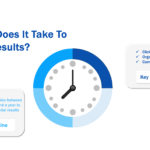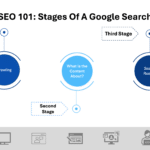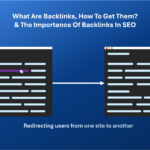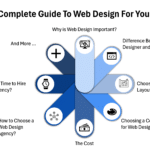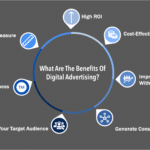How do you get your images to rank in Google Image search results? The answer isn’t necessarily complicated, but it does take time and effort. To make the most of your images and have them show up in Google Images search results, check out these six best practices below to optimize your images and boost your online visibility.
1) Use Relevant Keywords
The first thing you should do when optimizing images for image search is to use relevant keywords in image file names. This should go without saying, but don’t just chuck any word on an image and call it a day. If you’re creating images for your e-commerce store, make sure your product name or model number is included in image filenames. If you’re posting product images on social media, include brand-specific hashtags as part of image filenames. The more specific you are with your image optimization, the better chance you have of ranking higher in Google Image search results.
It is important to note that you do not want to go overboard with this, putting too many keywords in your image filename can do more harm than good. The best rule of thumb is to pick the best keyword for your image and work it into the title. Do not just stuff as many keywords as you can in hopes of trying to get the best results.
2) Make the Title Descriptive
While we typically advocate for linkable titles, when it comes to image search optimization, a descriptive title is key. The goal of image SEO is to rank your images in image search rich results (aka Google Images). So make sure that your title tells people what they’re going to get and why they should click through. For example, if you have an image about how to bake cupcakes, consider using How to Bake Cupcakes: A Step-by-Step Guide as your title. This way, searchers will know exactly what they are clicking on before even clicking on it.
3) Add Descriptive Alt Text
Alt text, or alternative text, is a field you can add to an image for accessibility and SEO. The alt text should accurately describe what’s happening in your image. For example, instead of leaving alt text blank (which causes a search engine to scrape words from your page that may not have any relevance), use relevant and descriptive words. As far as image optimization goes, it’s hard to overstate how important alt text is. Google Images uses your alt text as a means of understanding what an image is about; if you don’t include proper alt text in your images, they won’t rank very well in image searches—or at all. Be sure to include keywords that are related to your business within the alt text itself.
4) Use the best file format
Any good SEO specialist will tell you that finding an effective file format to optimize images is key. The problem is that as web developers, we’re limited in how much control we have over image files. Photoshop (and other image editing programs) automatically save our images as a JPG or PNG by default. If you want your images to rank well in search engines, it’s important to use WebP instead of JPG or PNG file formats. WebP is superior to both JPG and PNG images because it uses lossless compression while retaining image quality. It also supports transparency and animation features that are not available with either of those two image formats. In addition, there are many tools available online which allow you to convert images from one format to another; however, if you don’t feel like converting each image manually, I recommend using ImageOptim for Mac users and FileOptimizer for Windows users.
5) Fill out All Attributes
Most of us don’t realize how important image search is and it’s getting more important every day. All images should be properly tagged and should have alt text as well as file names that are optimized for both image search engines and your audience. In addition, make sure you fill out all image attributes, including title, description, alt text, caption, and filename. Not only will these help with image search optimization but they also help with your overall SEO efforts.
6) Keep File Sizes Down
It’s easy to forget about image size when you’re developing a design, but it’s important to keep file sizes down. The smaller your images are, generally speaking, the faster your website will load—and if you have a long-form landing page with lots of pictures, even a small resizing of images can make all the difference in terms of loading time which will also improve your web pages user experience. A good rule of thumb is to use high resolution images and compress them as much as possible without losing image quality. Keep an eye on image dimensions and compression rates; you might be surprised at how much more quickly your site loads once you’ve optimized those images!
In conclusion
This post covered 6 best practices for optimized images, but there are many more including the technicalities of implementing alt-text and title attributes, image dimensions, and best practices for uploading to social networks. If you’re looking for a more exhaustive guide to image optimization, stay tuned for more Guides to Image SEO. As images can have an effect on rankings in image search results, optimizing your images is important for any site that uses images as part of its content marketing strategy.








